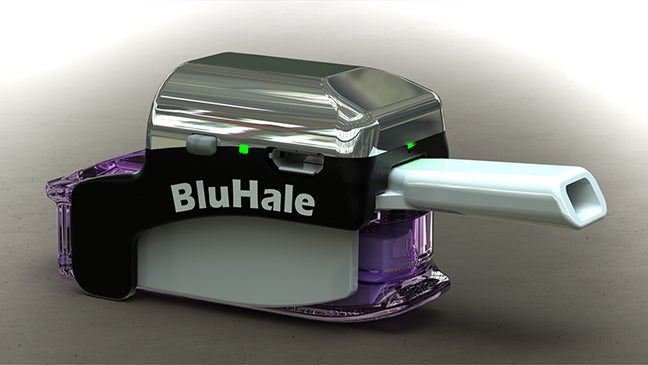

The evidence base for mobile technologies to support self-management of diabetes These apps can generally be categorised into four areas: There is an increasing use of apps within healthcare (University of Cambridge and China Mobile, 2011) within diabetes care there are many examples that have been designed by, or with input from, individuals with diabetes, such as the “Diabetes UK iPhone Tracker App” (Diabetes UK, 2012b). There is a growing market for applications (“apps”) these run on mobile devices, such as a Smartphone, and can perform functions that would have previously been restricted to a personal computer. This could enable sustained and more reliable tracking of personal trends in blood glucose levels.
#Diabetes pilot for android Bluetooth
Personal mobile device use has potential benefits for people with diabetes technological advances such as increased capacity for data storage, processing and Bluetooth or wireless connections can facilitate improved communication of data between glucose meters, mobile phones and other devices such as personal computers. This epidemiological rise in diabetes prevalence is against a backdrop of an exponential increase in the personal use of mobile devices more than 76 million mobile phones are owned by the UK public (Hitman, 2011). An example is the encouragement of tracking personal blood glucose trends in order to support appropriate treatment decision-making. This is a challenge for healthcare providers, and an important strategy is to facilitate self-management of people with diabetes in order to prevent short- and long-term complications. The global incidence of diabetes is significantly increasing, and by 2025 this is predicted to reach 5 million in the UK (Diabetes UK, 2012a). The outcomes suggest that the use of apps are appropriate for demographic groups such as children and young people, and the potential to visualise personal data via a glucose-tracking app is seen as an important feature by users. The study also captures the individuals’ experience of a glucose-tracking diabetes app, their motivation to use an app and the desirable features of an app. This small-scale study used a mixed methodology approach to identify usability issues of current apps for diabetes care. While there is an emergent evidence-base for positive benefits of these technologies within diabetes care, there are some current limitations, such as no agreed standards of what constitutes an appropriate app within the domain and more scope to improve the user-friendliness of apps for people with diabetes. The progress in relation to data storage, wireless communications and mobile applications (“apps”) has significant potential to support self-management strategies for people with diabetes. Public comments will be accepted for 60 days from the date of publication, with FAA officials noting they “may revise the new protocol based on comments.The global incidence of diabetes is increasing against an exponential backdrop of general use of personal mobile technologies. The new protocol became effective when the notice was published. The FAA developed the new protocol based on the reliability of the advancements in technology and treatment being made in the medical standard of care for diabetes and on input from the medical community, officials noted. They also must provide evidence of controlling their diabetes using the latest technology and methods of treatment being used to monitor the disease. To be considered under this protocol, applicants must provide a comprehensive medical and overall health history, including reports from their treating physicians, such as their endocrinologist. The new protocol is based on established advancements in medical science that make management and control of the disease easier to monitor, mitigating safety risks.

Since 1996, private pilots with ITDM have been issued medical certificates on a case-by-case basis after assessing their risks. “This new medical protocol takes into account medical advancements in technology and treatment and opens the door for individuals with ITDM to become airline pilots.” “ Medical science has come a long way in the treatment and monitoring of diabetes,” FAA officials said in announcing the new protocol. 7, 2019, the “innovative new protocol makes it possible for airline transport or commercial pilots with insulin-treated diabetes mellitus (ITDM) to potentially receive a special-issuance medical certification,” FAA officials said. The FAA published in the Federal Register a notice on a new protocol for pilots with diabetes seeking a private pilot, commercial, or Air Transport certificate.


 0 kommentar(er)
0 kommentar(er)
